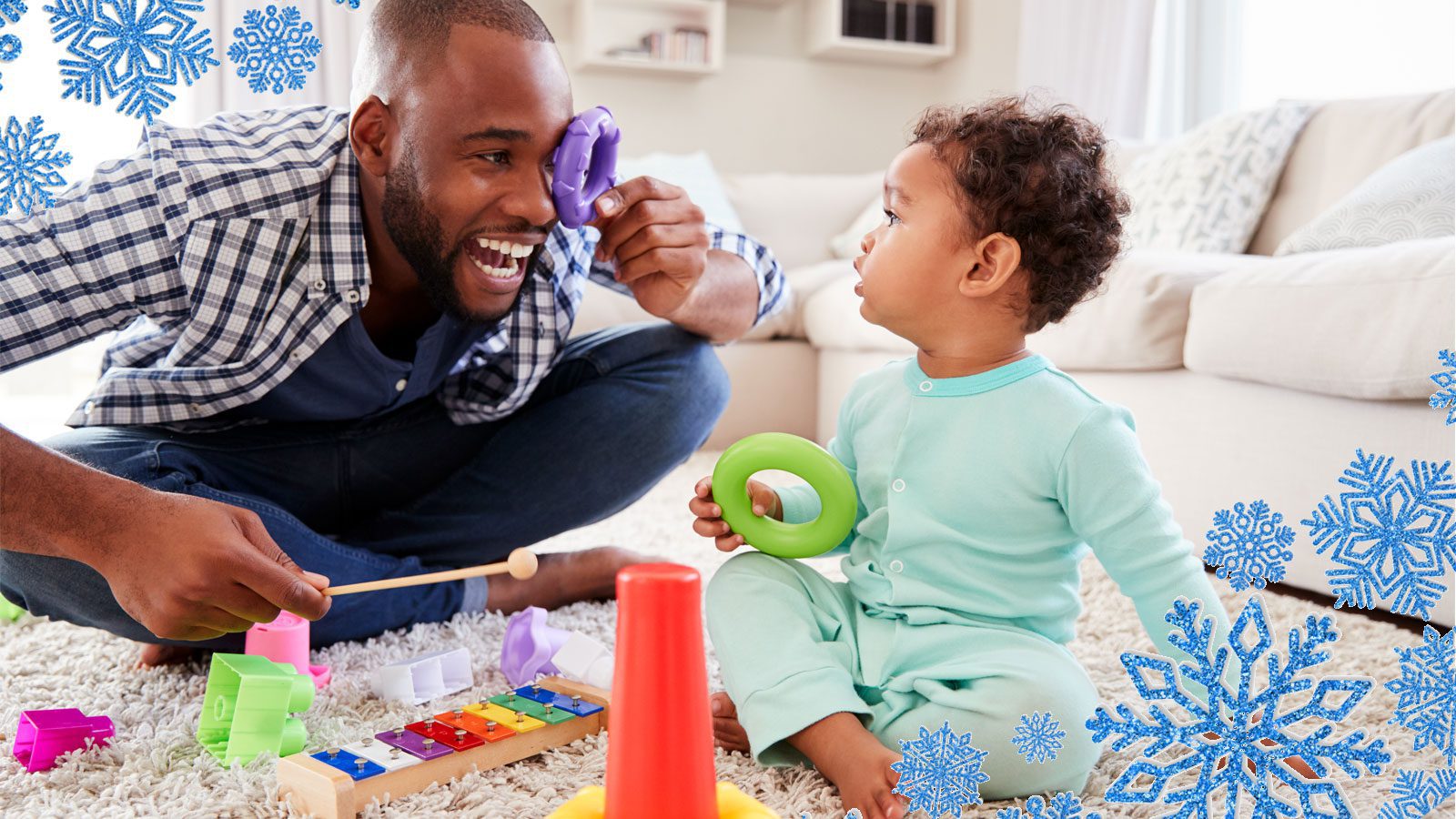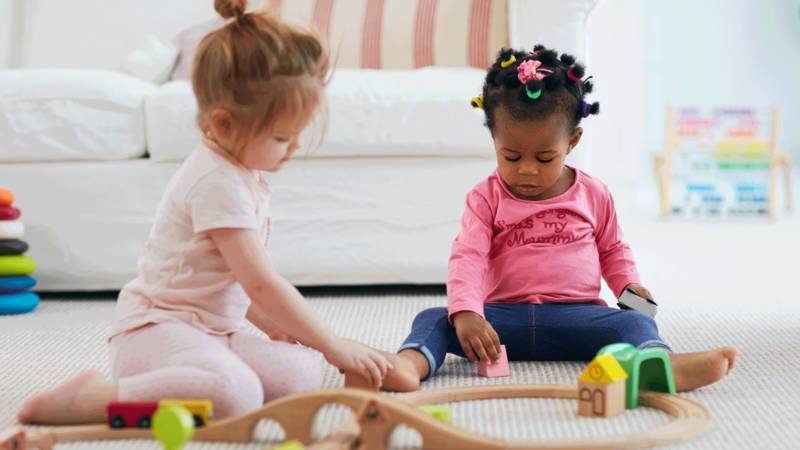Tips for Choosing Toys for Toddlers

How do you choose the right gift for young children? We have ideas for toddler toys that help them grow.
tToddlers are little explorers who learn by doing. Play allows children to learn and practice new skills at their own speed and follow their own interests. The toddler toys children have available can shape their development in important ways.
Choose toys that can be used in a variety of ways.
Toddlers love to take apart, put back, pull out, put in, add on, and build. Choose toys that are “open-ended,” or that you can play many different games with. Like using wooden blocks to make a road, zoo, bridge, or spaceship. Toys like this spark imagination and help develop problem-solving and logical thinking skills.
Examples: Blocks, stacking cups, sand and water play
Look for toys that will grow with them.
We all know the feeling of buying a toy a child plays with for two days and never touches again. Look for toys that can be fun at different developmental stages. Small plastic animals are fun for a young toddler who makes a shoebox house for them. Then an older toddler can use them for make-believe.
Examples: Plastic animals and action figures, dollhouses, trains and dump trucks, stuffed animals, dolls
Select toys that encourage exploration and problem-solving.
Play gives children the chance to practice new skills. Toys that give kids a chance to figure something out on their own builds their logical thinking and problem-solving skills. They also help children understand how things fit together, improve hand-eye coordination and build fine motor skills.
Examples: Puzzles, shape-sorters, blocks, nesting blocks or cups, art materials like clay, paint, crayons or play-dough
Look for toys that spark a child’s imagination.
In a child’s third year, their creativity flourishes. They enjoy roleplaying as characters like kings or queens. They also imagine that objects, like a block, can be something else, like a piece of cake.
Look for toys that they can use to develop and act out stories. Pretend play helps kids build language and reading skills.
Examples include dress-up clothes, toy food, action figures, stuffed animals, and dolls. Trains, trucks, dollhouses, and toy tools are also great h. You can find “real-life” accessories too, like a wrapping paper tube that works as a “fire hose” for your little firefighter.
Give children the chance to play with “real” stuff—or toys that look like the real thing.
Toddlers are getting good at figuring out how objects in her world work—like television remotes or light switches. They also want to play with your “real” things, like your cell phone. They are excited to be big and capable like you. Toys like this help children problem-solve, learn spatial relations (how things fit together), and develop fine motor skills.
Examples: Plastic dishes and food, toy keys, toy phone, dress-up clothes, musical instruments, child-size brooms, mops, brushes and dustpans
Toss in some “getting ready to read” toys.
Books, magnetic letters, and art supplies like crayons and fingerpaints help kids learn to read and write. “Real-life” props like take-out menus or magazines are fun for your child to look at and play with. But they also help your child get familiar with letters, text, and print.
Seek out toys that encourage children to be active.
Toddlers are doing all kinds of physical tricks as they become stronger and more confident with their bodies. Look for toddler toys that help them practice current physical skills and develop new ones.
Examples: Balls of different shapes and sizes, tricycles or three-wheeled scooters, and bowling sets. Child-size basketball hoops, pull-toys, and wagons to fill and pull are also available. Kids can use gardening tools to dig and rake. They can also use moving boxes to make tunnels.
Look for toddler toys that nurture cross-generational play.
While adults and children can play almost anything together, some toys encourage adult participation. As a child turns 3 and older, simple board games are great for everyone. Games that use memory or don’t need reading are fun to play.
Board games encourage counting, matching, and memory, and listening. Games teach self-control as children learn to follow rules, be gracious winners and how to cope with losing. They also nurture language and relationship-building.
What are the benefits of sounds, lights, and music?
Many toys for toddlers are full of buttons, lights, and music. Marketers often label them as “developmental” because of the different functions. Unfortunately, they’re usually the opposite. The more a toy does, the less your child has to do.
If your child can sit and watch the toy “perform,” then it is likely more entertaining than educational. And these toys can be confusing to a child who is learning cause-and-effect. If a toy suddenly plays music or the lights flash without clear buttons, your child won’t learn which actions caused it.
Electronic toys can also be dangerous, especially if they have small batteries.
In short, the most useful toys are those that require the most action on the part of a young child.
Can toys actually “make my baby smarter,” as the packaging and advertisements often claim?
Proceed with caution. The research doesn’t support it.
Safe household items can be great learning tools. Plastic bowls are good for filling and dumping. Pillows work well for climbing and making caves.
Remember, the more your child has to use their mind and body to problem solve and develop their own ideas, the more they learn.


